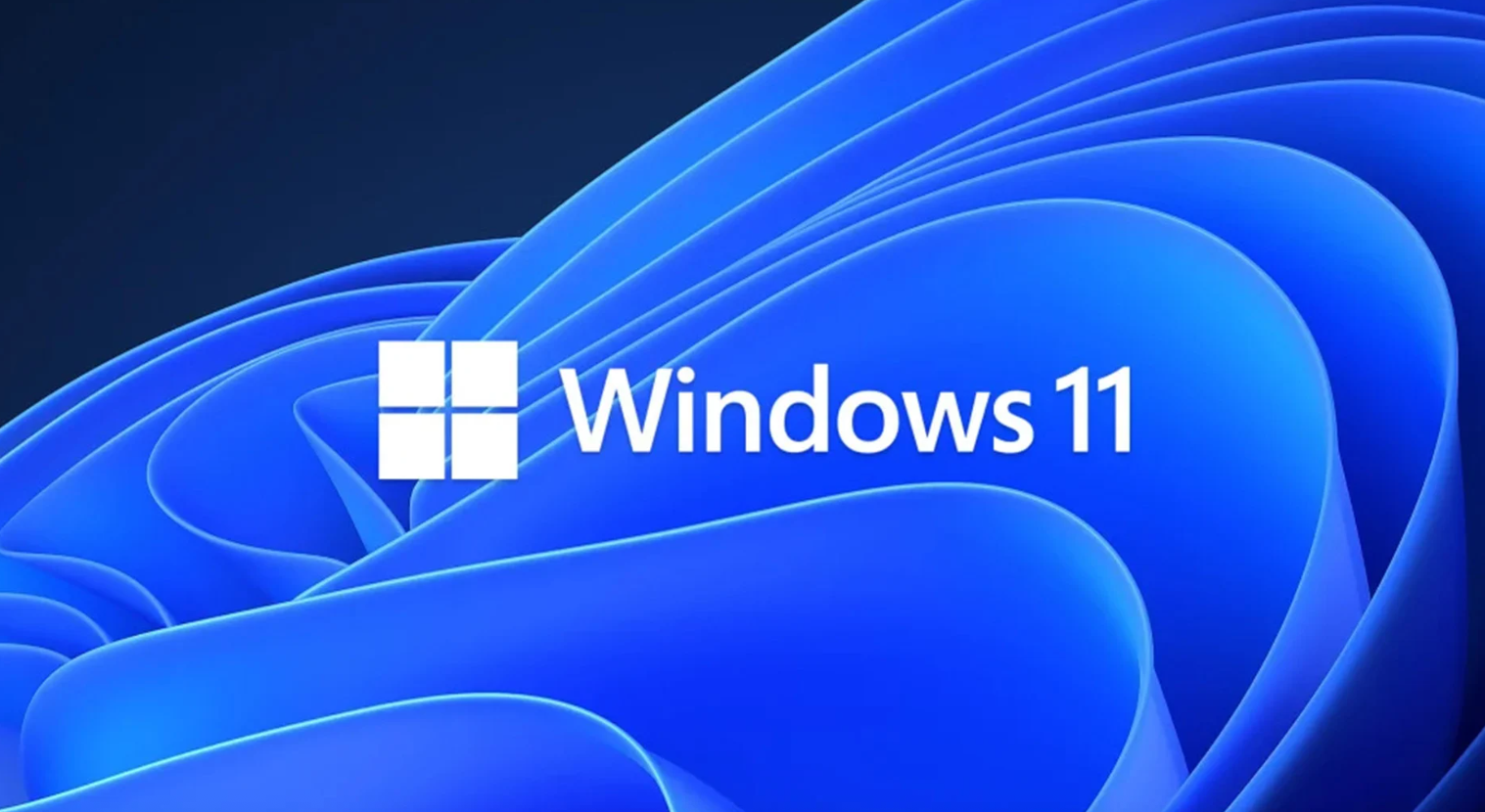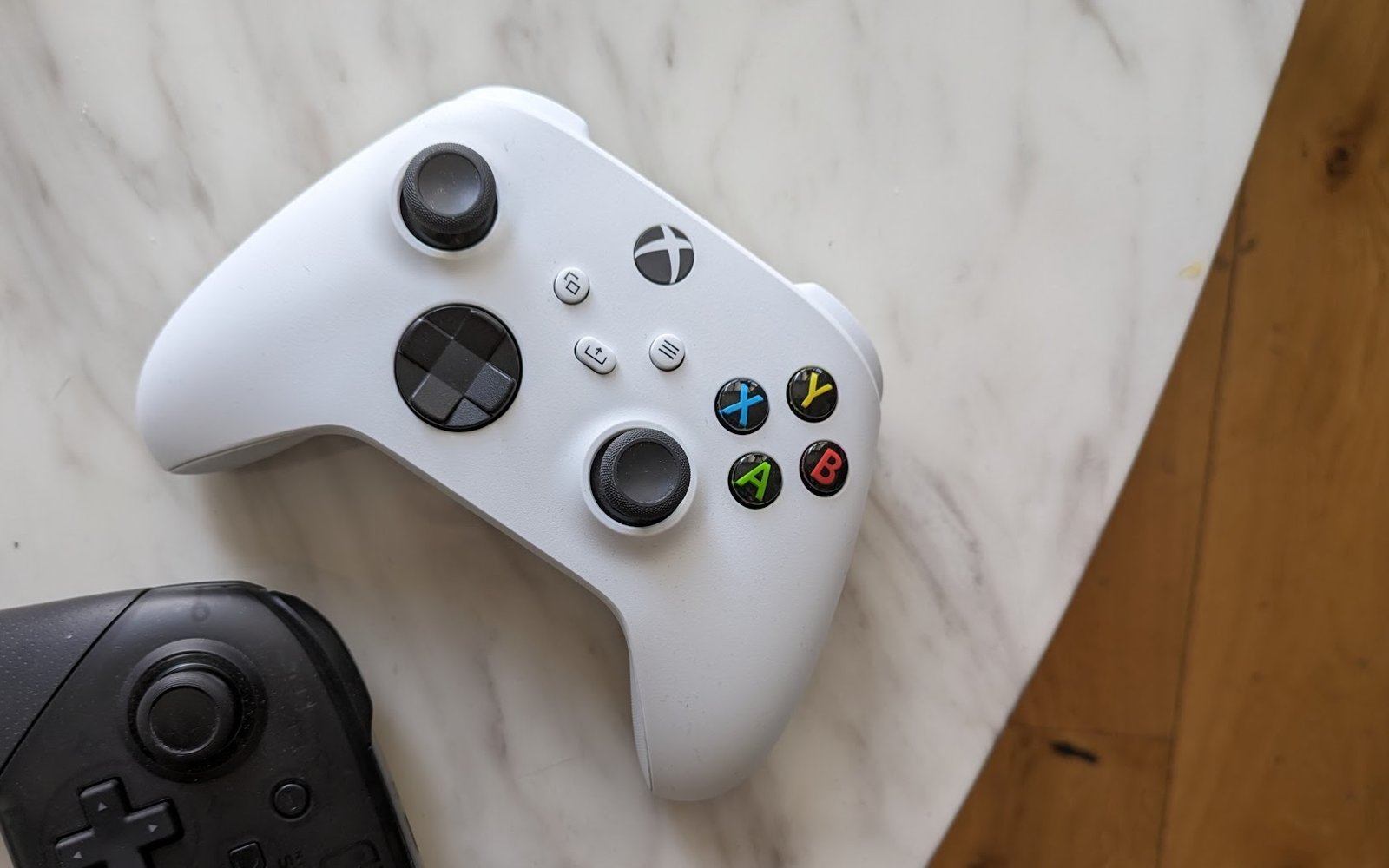They say that all good things must come to an end, and we suppose that this applies the most to tech products. Much like hardware, operating systems also have a finite lifespan, such as the case of Microsoft’s Windows 10 system. That being said, Windows 10 will reach end of support status on October 14, 2025, meaning that Microsoft will no longer provide any security or system updates.
As such, Microsoft has not wasted any moment trying to convince users to ditch Windows 10 in lieu of the newer Windows 11. In fact, the company recommends that users with devices running on 10 should upgrade to 11 whenever possible, although there are certain requirements for the update, which includes 4GB (or more) of memory, at least 64GB of storage, and DirectX 12-compatible graphics, to name a few.
But what if my device isn’t eligible for the update? In that case, users with machines that do not meet the minimum requirements could sign up for the Windows 10 Consumer Extended Security Updates (ESU) program (which can protect your Windows 10 device up to a year after the October 14th deadline) or you know, just outright buy a device which supports Windows 11, and then proceed to recycle your old computer, according to Microsoft.
Of course nothing’s stopping users from continuing to use Windows 10, and we imagine that a lot of programs will continue to work on the older version of the OS, although you do run the risk of not having updated security on your device.














